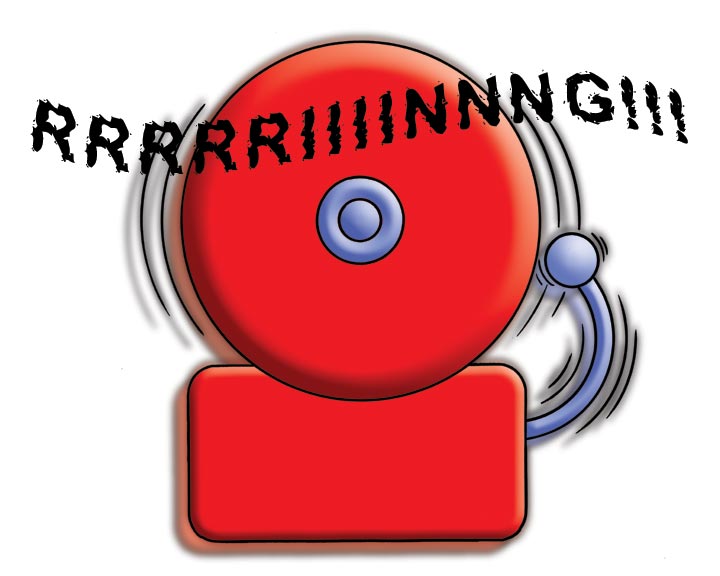Understanding Panic Disorder
A good analogy for a panic attack is a fire alarm set off by mistake. It’s loud, scary and very unpleasant, but the alarm itself is never dangerous. In fact, the fire alarm insures our protection and survival in the event of an actual fire.

Our “fight-or-flight” response is designed to insure our protection and survival in the event of a real emergency, when a split-second reaction could mean the difference between life and death. When our fight-or-flight response gets set off by false alarm and a panic attack ensues, the result is a lot of noise and fear, but no actual danger.
The fire alarm analogy can help us understand panic disorder.
Suppose you had never heard a fire alarm before, but you knew what it was. The first time you hear the alarm, your whole body and mind react as though there is great danger. Your whole body is primed, ready for superhuman action, including rescuing others and fleeing at top speed. And a good thing too, because that alarm might have signaled a real fire.
But now let’s suppose you have a peculiar condition called “fire alarm disorder.” False alarms keep going off – there is never any real fire. Still, your body and mind react as though each alarm signals mortal danger. Before long, you are in a constant state of apprehension, never knowing when the next alarm will go off. Your high state of anxiety sets off even more alarms.
With some work, you can learn that all those false alarms are really harmless. As you begin to learn this, something amazing happens. The false alarms gradually become less frequent. Finally, they fade away altogether.
Why do some people get panic disorder?
Many researchers believe there is a biological predisposition for panic disorder. People with this predisposition may be more sensitive and reactive than average. They may also be more imaginative and creative.
The onset of panic disorder usually occurs during a highly stressful period, such as the illness or death of a loved one. It usually starts with a series of panic attacks that can seem to come “out of the blue”. In the wake of the panic attacks, the individual develops a pervasive fear of panic, with persistent, high levels of anxiety. This pervasive “fear of panic” is at the core of panic disorder.
To get started with the tools for recovery, tap here:


